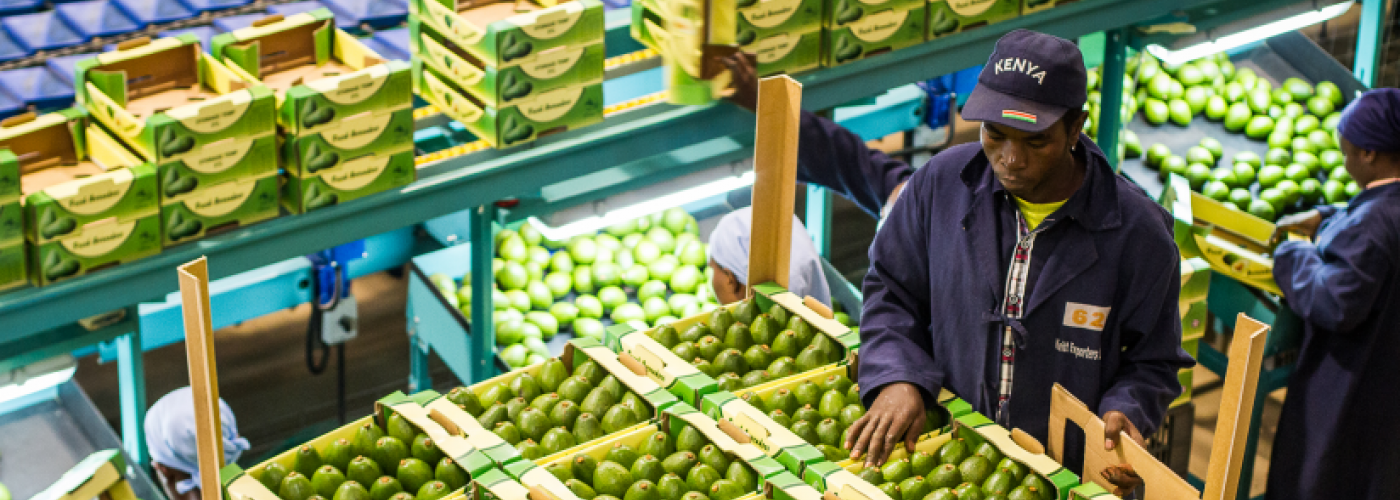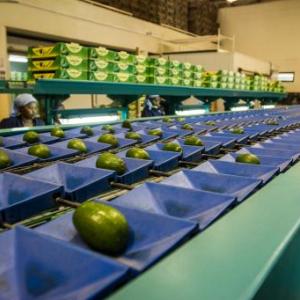EEFS’ Food Safety and Trade Series
Image

This World Food Safety Day, the Feed the Future Enabling Environment for Food Security (EEFS) project is highlighting the role that the enabling environment plays in improving food safety in cross-border trade. This post, originally published on Agrilinks, summarizes key learnings from its food safety and trade blog series.
In a four-part blog series, the EEFS project explores a central question: what enables cross-border trade for safe foods? Each post unpacks a central aspect of the relationship between trade and food safety, including:
- An overview of progress toward expanding intra-African trade, opportunities for improving food safety in cross-border trade, and references to relevant USAID trade programming efforts
- A discussion of standards and regulations and their complementary roles in supporting food safety efforts
- An introduction to mutual recognition as a mechanism for policymakers to promote trade through regulatory cooperation
- An examination of traceability vis-à-vis enforcing standards and regulations for safe food trade as well as the conditions required to implement different types of traceability systems
The series sheds light on the nexus of food safety and trade as well as familiarizes audiences with technical concepts and terms that are ubiquitous yet often not fully understood, such as mutual recognition and blockchain. This closeout post summarizes learning from the series and invites readers to dive into each individual post for deeper learning.
Key Learning from the Series: The Enabling Environment for Safe Food Trade
The first post makes the case for synchronizing efforts to increase intra-continental trade in Africa with efforts to enhance food safety. Through spotlighting the recent steps African leaders have taken to link increased intra-continental trade with agriculture-led growth, EEFS illustrates how regulatory cooperation is an opportunity to integrate food safety considerations for a policy win-win.
The series’ second post parses out the distinctions between standards and regulations and the complementary roles they play in supporting safe food trade. EEFS brings attention to the complex interplay of standards and regulations operating at both the national and international levels and the important roles played by both the public and private sector.
The third post examines the utility of mutual recognition as a mechanism for regulatory cooperation to facilitate trade in safe foods. Pointing to lessons learned from the Association of Southeast Asian Nations’ use of mutual recognition arrangements (MRAs) to facilitate intra-regional trade, EEFS describes how and when MRAs can serve as an appropriate policy alternative to harmonization.
In the series’ final post, EEFS describes the role that traceability systems play in administering standards and regulations to mitigate food safety threats. EEFS maintains that expanding traceability is key to strengthening developing countries’ food systems and facilitating trade in safe foods. The post also weighs the preconditions, challenges, and potential benefits of different types of traceability systems, such as blockchain and other distributed ledger technologies, compared to traditional digital technologies.
Wrap-Up!
EEFS’ food safety and trade series is a valuable primer on the challenges and opportunities for enabling trade in safe foods. As momentum for boosting intra-continental agriculture trade in Africa continues to build, employing the right policy levers to build institutional capacity and spur regulatory cooperation among trading partners is necessary. For USAID, implementing partners, national governments, and other development partners, it is essential to identify and support appropriate and context-specific rules, institutions, and enforcement mechanisms that will expand the availability of and access to safe food for consumers.


